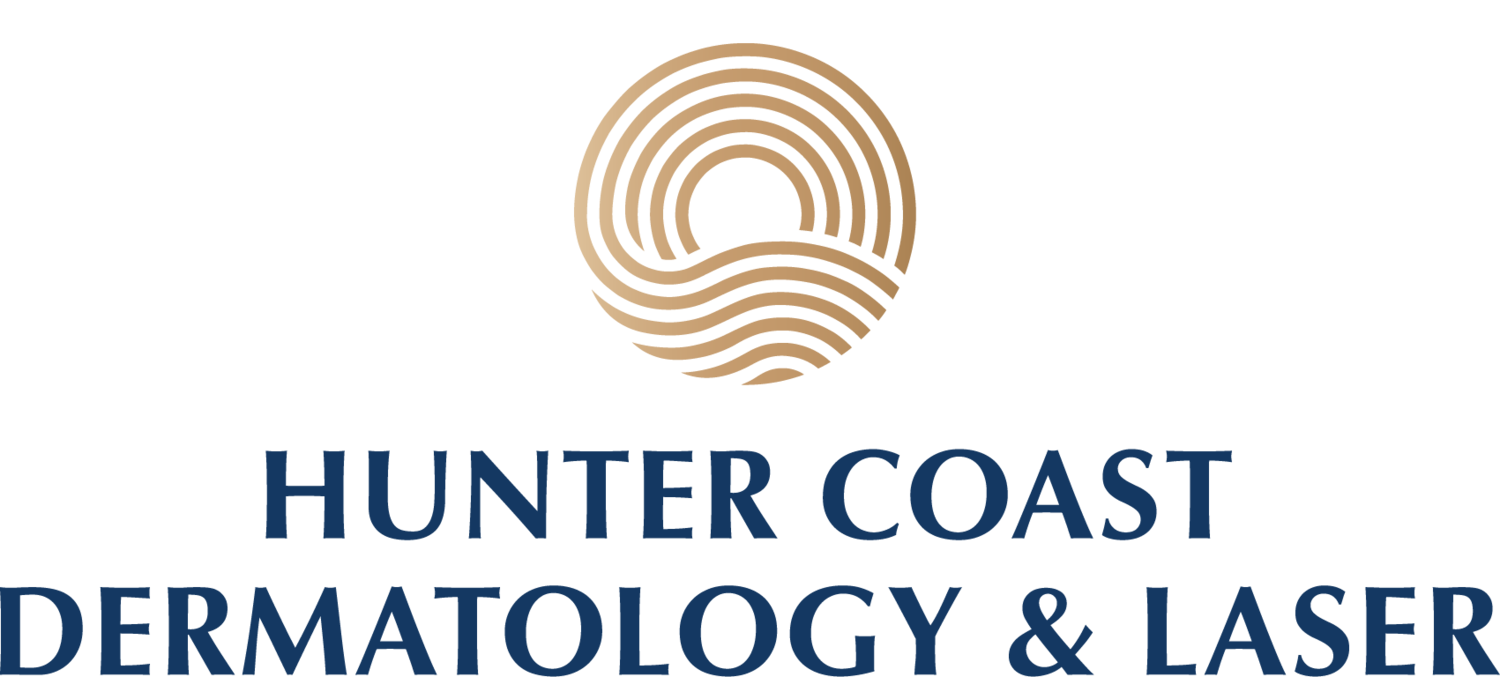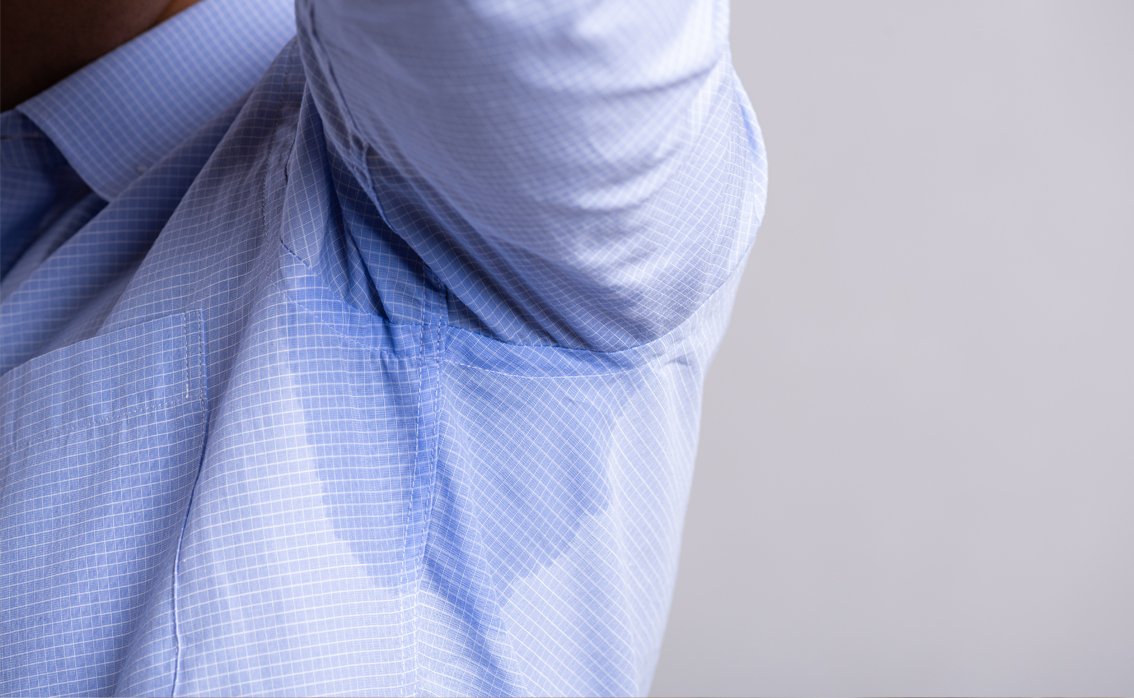
Hyperhidrosis (excessive sweating)
Excessive sweating or hyperhidrosis can be a significant problem, causing a great deal of stress. There are two main forms of hyperhidrosis:
Primary Hyperhidrosis, which is inherent to the person and has no underlying trigger. Usually, this form of hyperhidrosis starts under the age of 25, occurs symmetrically in the body and tends to be worse during the day and much better at night time.
Secondary Hyperhidrosis is important to detect and diagnose. This occurs when there is an underlying medical condition or regular medication that causes the excessive sweating.
Hyperhidrosis commonly occurs in areas with a large number of apo-eccrine glands, for instance, the armpits, palms, soles, but can be more generalised and involve many body parts.
The main ways to treat hyperhidrosis include:
Topical treatment, such as aluminium chloride hexahydrate
Physical treatment, such as botulinum toxin or iontophoresis
Oral medications that block receptors in sweat glands
A safe and effective treatment for axillary (armpit) hyperhidrosis is botulinum toxin. If this is performed by a Dermatologist you are eligible for a Medicare rebate, which significantly reduces the out of pocket expense. This treatment can dramatically reduce underarm sweating for 3-6 months and is rebatable from Medicare 3 times per year.
If you suffer from hyperhidrosis, make an appointment to see our experienced Dermatologists. They will create a treatment plan that is unique to you, based upon your concerns and order any necessary investigations.
Our patient has had excessive underarm sweating that affects her day to day life. Botulinum toxin is being used to significantly reduce her underarm sweating. This has minimal downtime, is very well tolerated and delivers excellent results. Results last for 4-6 months on average.
Botulinum toxin is the most effective way to treat excessive sweating of the underarms
Cost per treatment is $550
Receive a Medicare Rebate of $270 per treatment, three times per year when you are treated for axillary hyperhidrosis by a Dermatologist
Usually 3 treatments are needed per year (every 4 months)


